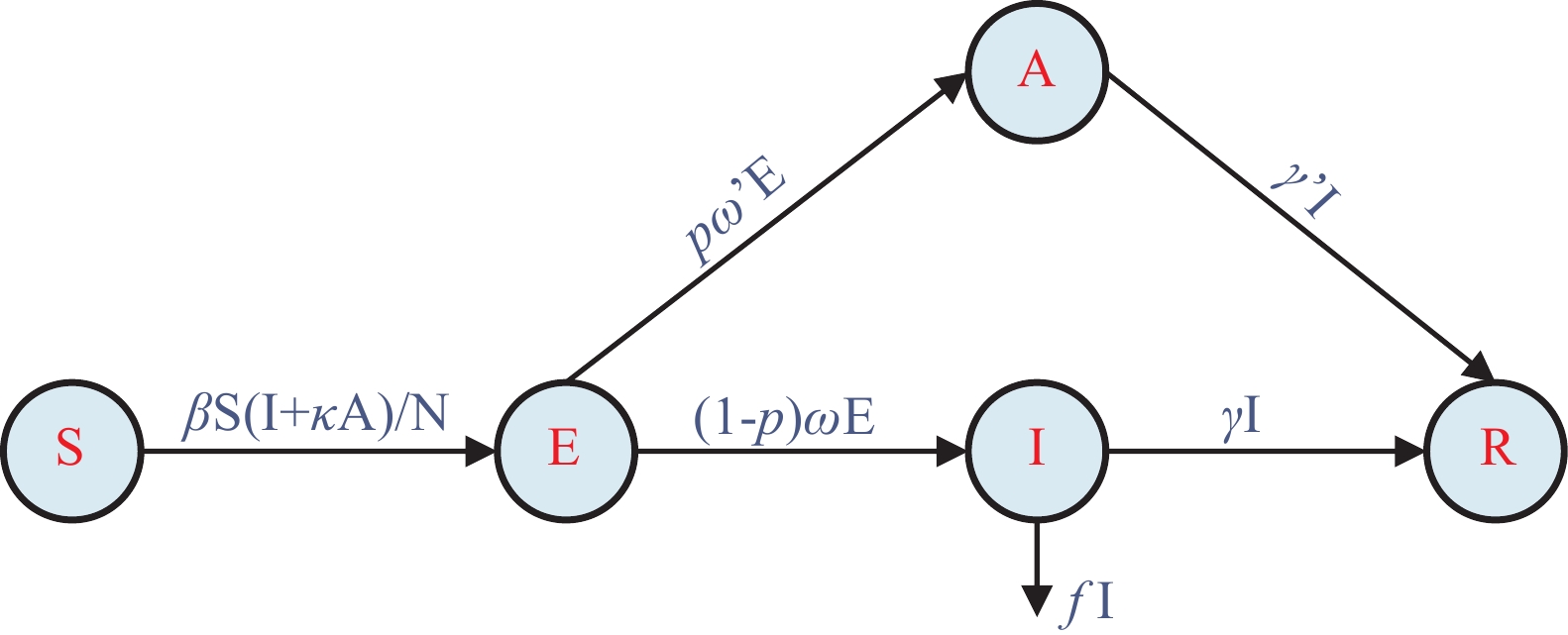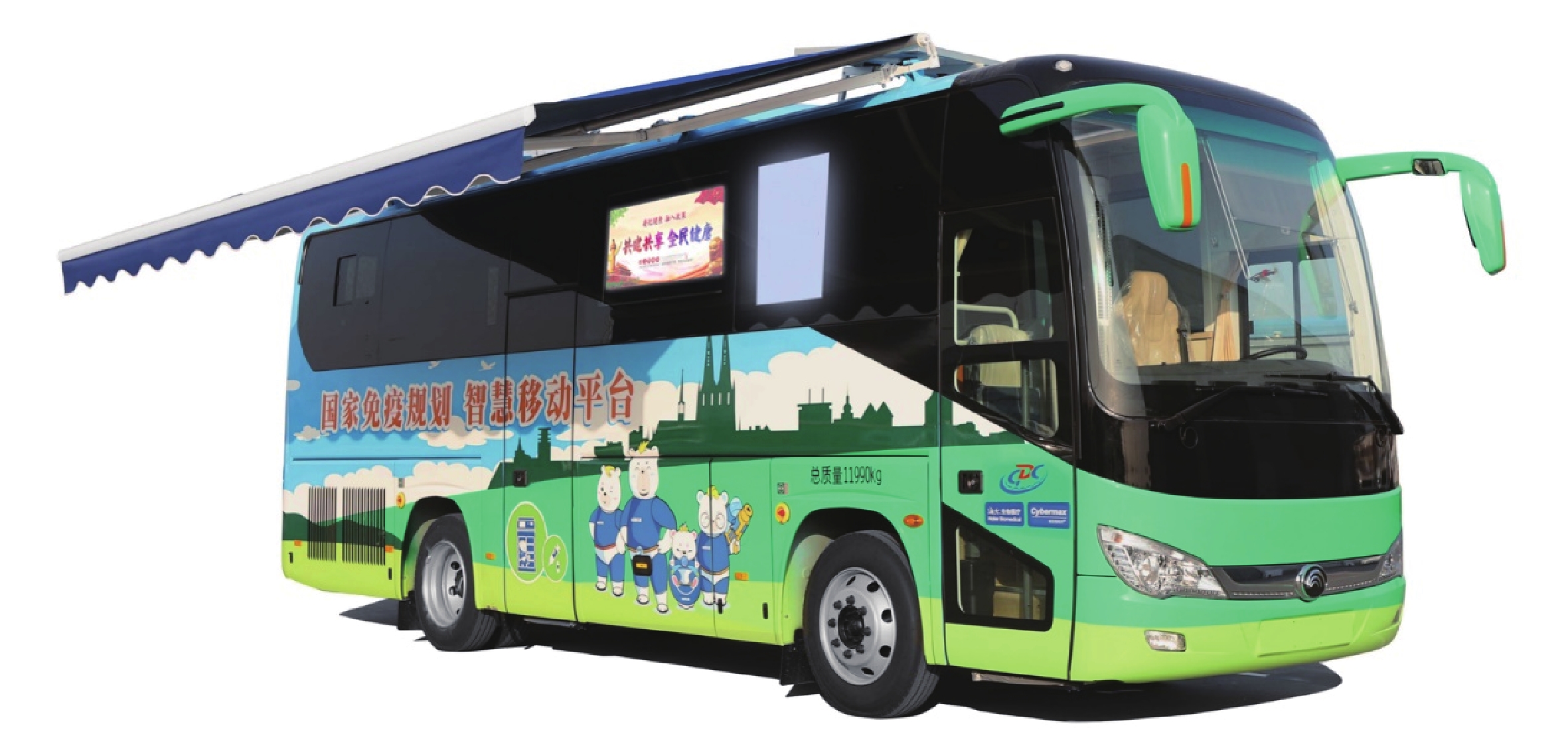2021 Vol. 3, No. 34
Aerosol transmission was one route for the spread of severe acute respiratory syndrome coronavirus 2 (SARS-CoV-2) and usually occurred in confined spaces.
Aerosol transmission was found to exist between handshake buildings, i.e., buildings with extremely close proximity that formed relatively enclosed spaces. Transmission was mainly affected by the airflow layout caused by switching air conditioners on and off as well as opening and closing doors and windows.
Centralized isolation and home isolation in handshake buildings creates a risk of SARS-CoV-2 aerosol transmission under certain conditions. Attention should be paid to the influence of air distribution layout on aerosol diffusion in isolation wards, and disinfection of isolation venues should be strengthened.
The coronavirus disease 2019 (COVID-19) pandemic recently affected Taiwan, China. This study aimed to calculate the transmissibility of COVID-19 to predict trends and evaluate the effects of interventions.
The data of reported COVID-19 cases was collected from April 20 to May 26, 2021, which included daily reported data (Scenario I) and reported data after adjustment (Scenario II). A susceptible-exposed-symptomatic-asymptomatic-recovered model was developed to fit the data. The effective reproductive number (Reff) was used to estimate the transmissibility of COVID-19.
A total of 4,854 cases were collected for the modelling. In Scenario I, the intervention has already taken some effects from May 17 to May 26 (the Reff reduced to 2.1). When the Reff was set as 0.1, the epidemic was projected to end on July 4, and a total of 1,997 cases and 855 asymptomatic individuals would have been reported. In Scenario II, the interventions were projected as having been effective from May 24 to May 26 (the Reff reduced to 0.4). When the Reff was set as 0.1, the epidemic was projected to end on July 1, and a total of 1,482 cases and 635 asymptomatic individuals would have been reported.
The epidemic of COVID-19 was projected to end after at least one month, even if the most effective interventions were applied in Taiwan, China. Although there were some positive effects of intervention in Taiwan, China.
Recently, developed vaccination vehicles were repurposed and deployed for coronavirus disease 2019 (COVID-19) vaccination in China. We described the vehicles and reported an evaluation of vaccination throughput of these vehicles for COVID-19 vaccination in China.
We obtained daily reports of COVID-19 vaccine doses administered in vehicles in Hubei Province between March 16 and 29 of 2021. We determined the rate of COVID-19 vaccines given and evaluated the applicability of vaccination vehicles for COVID-19 vaccination.
Vehicles with 2 vaccination stations are suitable for several real-world scenarios. Vehicles administered an average of 72 COVID-19 vaccine doses per hour, with an upper limit of 145 doses per hour.
Vaccination vehicles can save human and financial resources and provide high quality, effective, convenient, and rapid on-site vaccination services; they can increase the pace of COVID-19 vaccination.



 Subscribe for E-mail Alerts
Subscribe for E-mail Alerts CCDC Weekly RSS Feed
CCDC Weekly RSS Feed


